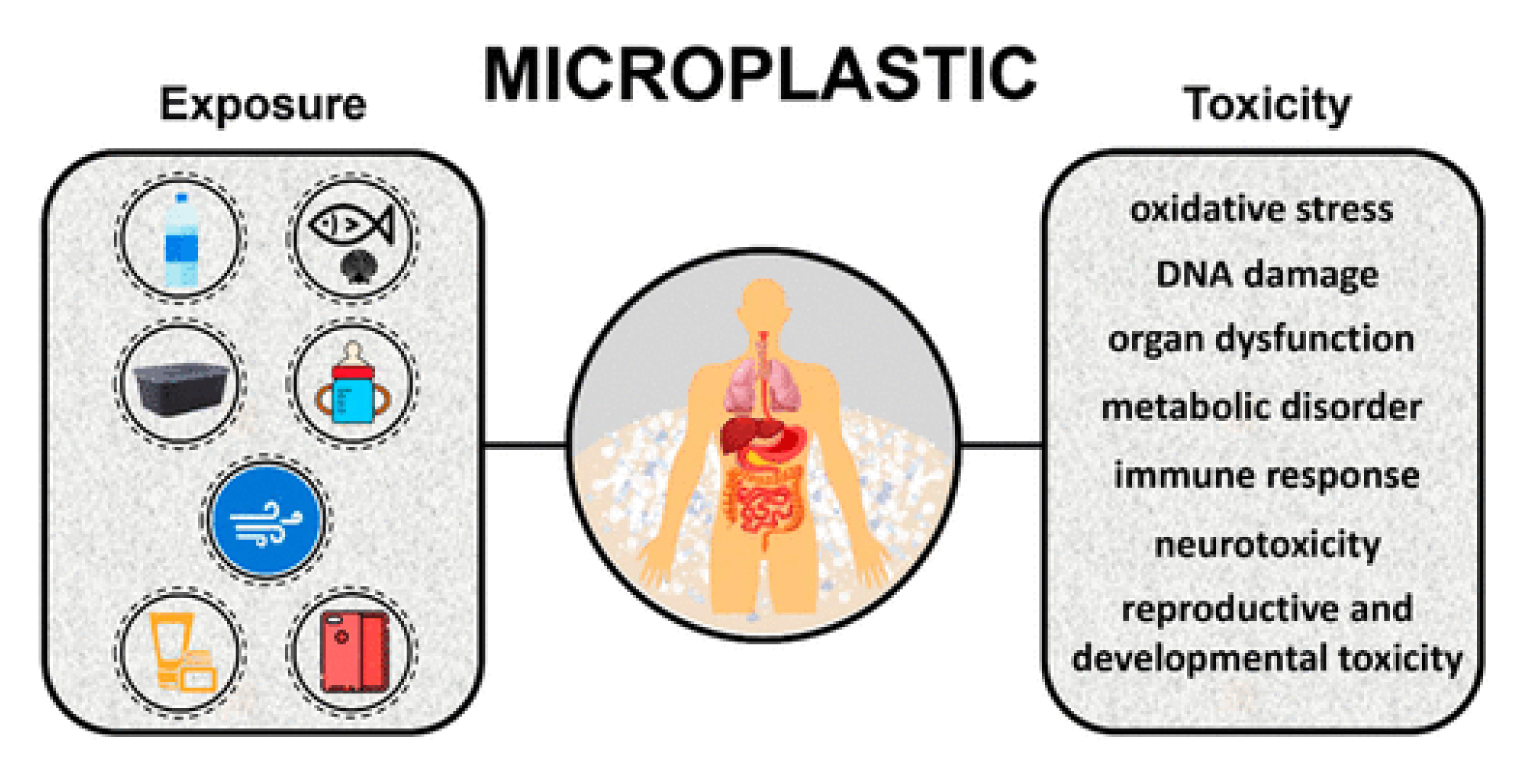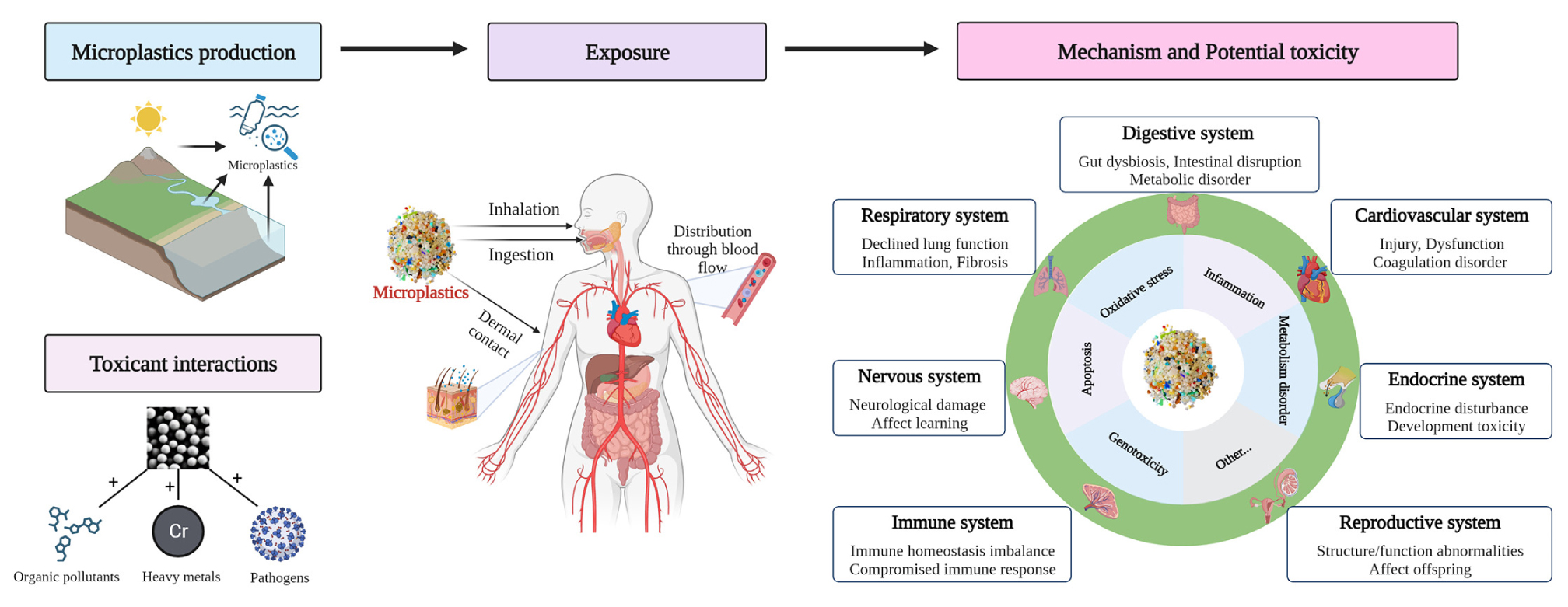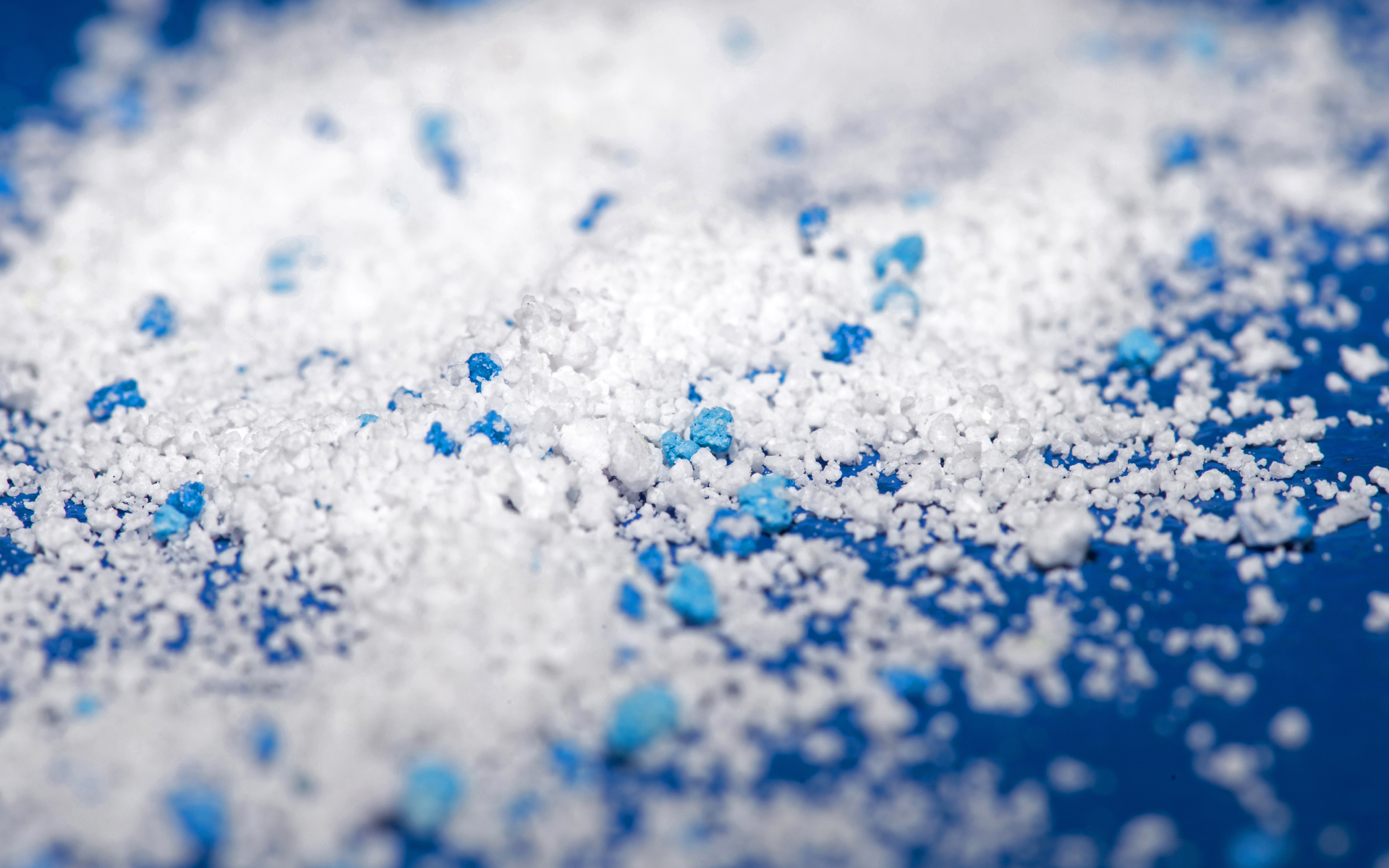One of the largest growing concerns to our health is the impact of microplastics. Did you know that microplastics disrupts liver’ kidney and lung function by creating oxidative stress and increasing inflammation, thereby impact detoxification and other bodily functions.
The World Wildlife Federation estimates that humans ingest five grams of microplastics every week which is equivalent to eating a credit card. Microplastics are less than 5 millimeters – smaller than a grain of rice
A study estimates that we consume 52,000 particles annually from various food sources.
This plastic ingestion not only occurs with the food we eat and the water we drink. We can even inhale microplastics with the air we breathe.
Researchers have found alarming levels of microplastics in dairy products – particularly ripened cheese. “Ripened cheese exhibited the highest microplastic concentration (1857 MP/kg), followed by fresh cheese (1280 MP/kg) and milk (350.0 MP/kg). Results confirm widespread microplastic contamination in dairy products.

Chemicals like BPA, phthalates and PFAS can mimic human hormones, the body’s chemical messengers controlling processes like reproduction, growth and metabolism.
Where in the human body have microplastics been found?
Microplastics have been detected in multiple organs, including:
- Blood – Suggesting the potential for transport throughout the body.
- Lungs – Inhaled microplastics accumulate and may cause inflammation.
- Brain – Evidence suggests microplastics may cross the blood-brain barrier.
- Placenta – Found in pregnant women, raising concerns about feotal exposure. plastics were translocated to the foetus and placenta within 24 hours of exposure.
- Gut & Digestive System – Fecal studies confirm ingestion of microplastics. Research on human excrement found 20 bits of microplastic in every 10 grams of “excreta” when testing eight international “samples.”
How dangerous are microplastics to human health? Over 400 studies show plastics may harm our health.
The health risks of microplastic exposure include:
- Oxidative stress and inflammation, leading to cell damage.
- Endocrine disruption, affecting hormone balance*.
- Potential links to cancer, cardiovascular disease, and neurological disorders
*Plastic is an endocrine disruptor that negatively affects our hormonal system, both males and females. These chemicals mimic our own delicate hormones, throwing them into disarray, which can result in such things as unhealthy oestrogen dominance, unexplained fatigue, acne, insomnia, allergies, memory issues, mood swings, accelerated ageing, and hair loss. Plastic does not break down quickly in our body therefore easily stored in our fat cells.

Tips to help limit your exposure to microplastic
- Don’t heat food in plastic.
- Clean frequently.
- Reduce consumption of processed foods.
- Don’t store food in plastic.
- Avoid canned food with plastic liners.
- Filter your tap water. … and avoid water from plastic bottles. The Brita Hub™ is certified to reduce 70+ contaminants inc.
- Avoid plastic-containing cosmetics
- Switch to loose leaf tea and steep in a stainless steel strainer.
A recent study found that “Anthocyanins“, a special form of antioxidants can reverse some of the effecs of microplastics. They are most prevalent in red and purple fruits like berries, grapes, and cherries
For tips on how to make a life with less plastic look up this link:
https://www.plasticsoupfoundation.org/en
